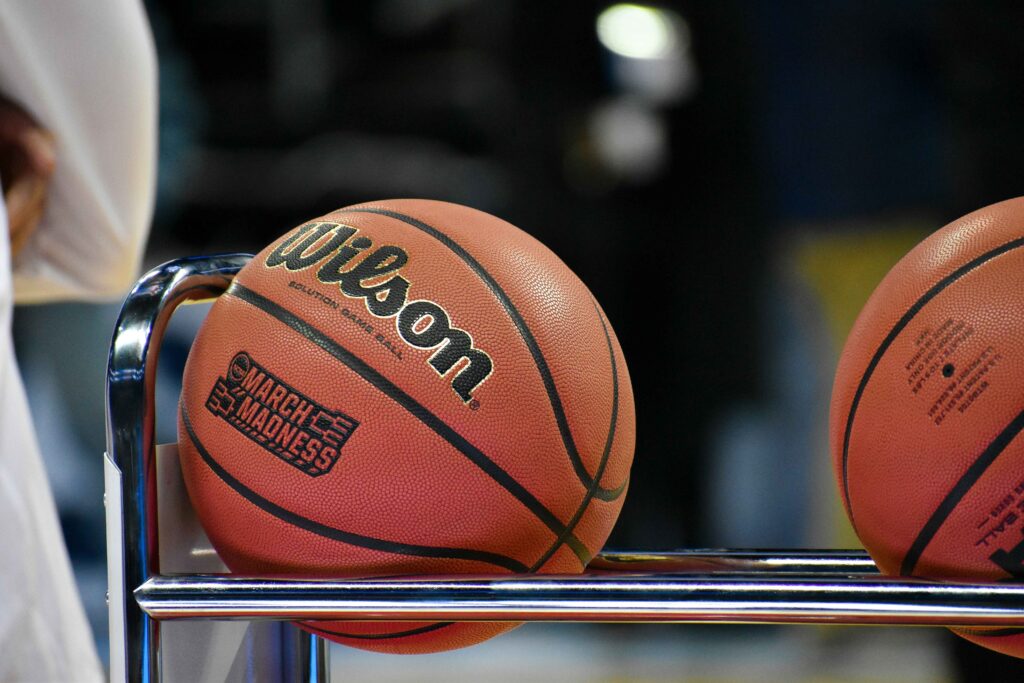
How Green Are 2025 NCAA Men’s And Women’s Final Four?
The 2025 NCAA Men’s and Women’s Final Four has just wrapped and now we wait to see who will be crowned champions. As the season concludes, we know that conference realignment has increased environmental impact, but how are local organising committees and finalists taking meaningful steps to reduce environmental impact?
Final Four Initiatives in Tampa Bay and San Antonio
At Amalie Arena in Tampa Bay, host of the Women’s Final Four, sustainability efforts include diverting 30% of waste from landfills, and recycling around 90% of cans and bottles used at events. Water usage is reduced by restrooms featuring waterless urinals and flow restrictors.
In the lead-up to the Final Four, a riverwalk clean up was organised by the Tampa Bay Local Organizing Committee. Dozens of volunteers collected litter, ahead of welcoming fans and visitors to the area.
The Men’s Championships are being hosted at the Alamodome in San Antonio, Texas, and the Local Organizing Committee website states that it will deliver “the most sustainable final four yet.” Green team volunteers encourage fans to recycle at the Final Four, semi-finals and the Championship game, as well as at Fan Fest and Music Fest events. Since 2006, the venue has pursued “green” initiatives focused on water, energy and recycling.
“The Alamodome, while we’re quite proud of it’s history, is a bit of a dated infrastructure,” sustainability lead of San Antonio’s Local Organizing Committee for the Men’s Final Four, Brad Tipper shared. “We knew our impact wasn’t going to be as successful if we focused our efforts within the four walls of the dome. Instead we took this as an opportunity to identify and manage difficult to abate CO2 emissions, and introduce the idea of carbon removals.” The focus has been on conducting a lifecycle analysis of the Final Four, a comprehensive process evaluates the event’s environmental impact from start to finish.
Tim Trefzer, who previously led sustainability efforts for the NCAA Men’s Final Four local organizing committee in Atlanta shared, “sustainability efforts by Final Four are organized by local committees, which means year-on-year learnings and benchmarking can be lost. Consistency is difficult, and efforts vary from city to city.”
To address this challenge, SALOC is creating a sustainability playbook to be used across future NCAA events. Data is being collected and analyzed by students at local universities, supported by Tipper and his team. This will be published within 30 days of the Championship Game.
What The Final Four Teams Are Doing At Home
The Florida Gators will go up against Houston in the men’s championship game, in what is set to be a closely contested match up. At home, the Gators are committed to the University’s zero waste goal, encouraging recycling and green tailgating. “Green Games” are hosted throughout the season and a number of their buildings are certified as part of U.S. Green Building Council’s Leadership in Energy and Environmental Design.
University of Houston Athletics is powered by Rhythm Energy, a local energy provider that provides 100% renewable energy plans. University of Houston Office of Sustainability centres work around using resources responsibly. For Earth Month, they are hosting campus events including an e-waste pick up and plant-forward lunches.
The Auburn Tigers and Duke’s Blue Devils may have not have made the championship game, but their institution’s work off the court highlights how college programs are embracing sustainability. Circularity of apparel sits at the heart of the student-led athletics program “Devils Doing Good Gear Drive.” The initiative has collected and redistributed over 1,500 pairs of shoes to local community groups. Duke has an institutional climate commitment too, efforts include having over 300 climate and sustainability related classes and $3.7 million awarded in seed grants for research on climate. The Auburn Tigers are taking action on sustainability too, from solar panels at Jordan-Hare Stadium to recycling, composting, and tree-planting initiatives. Auburn’s Office of Sustainability is reducing its environmental impact while educating students and the community.
UConn will face South Carolina in the women’s championship game. UConn has been promoting sustainability through its Green Game Day program since 2008. Students have led recycling awareness and recovery at football and basketball games, collecting over 30,000 cans to date. Through the influence of head coach Dawn Staley, South Carolina, helped establish an environmental engineering major for incoming player Joyce Edwards, highlighting the intersection between athletics and academic sustainability. Texas promotes sustainability efforts under the banner “Bleed Orange. Live Green,” with a focus on recycling.
Looking Ahead To Future Final Fours
The 2025 NCAA Final Four offers the opportunity to highlight sustainability in college sports, with host cities and participating teams taking action. As part of the site selection bid specifications for 2026 and 2027, the NCAA “encourages practice, competition and/or ancillary event venue(s) to engage in sustainability initiatives.” Indianapolis, Detroit, Phoenix and Columbus can further drive this momentum.
Recycling and water conservation initiatives in Tampa Bay reflect growing norms, while San Antonio’s forthcoming sustainability playbook signals a step towards ensuring data and learnings are preserved and accessible to set a benchmark and improve future NCAA events.
Half a million students play college sports across 1,100 institutions. With so many student-led initiatives driving greener athletics, the NCAA and its partners have the opportunity to prioritize environmental legacy beyond the Final Four and into a more sustainable future.
Read Full Article